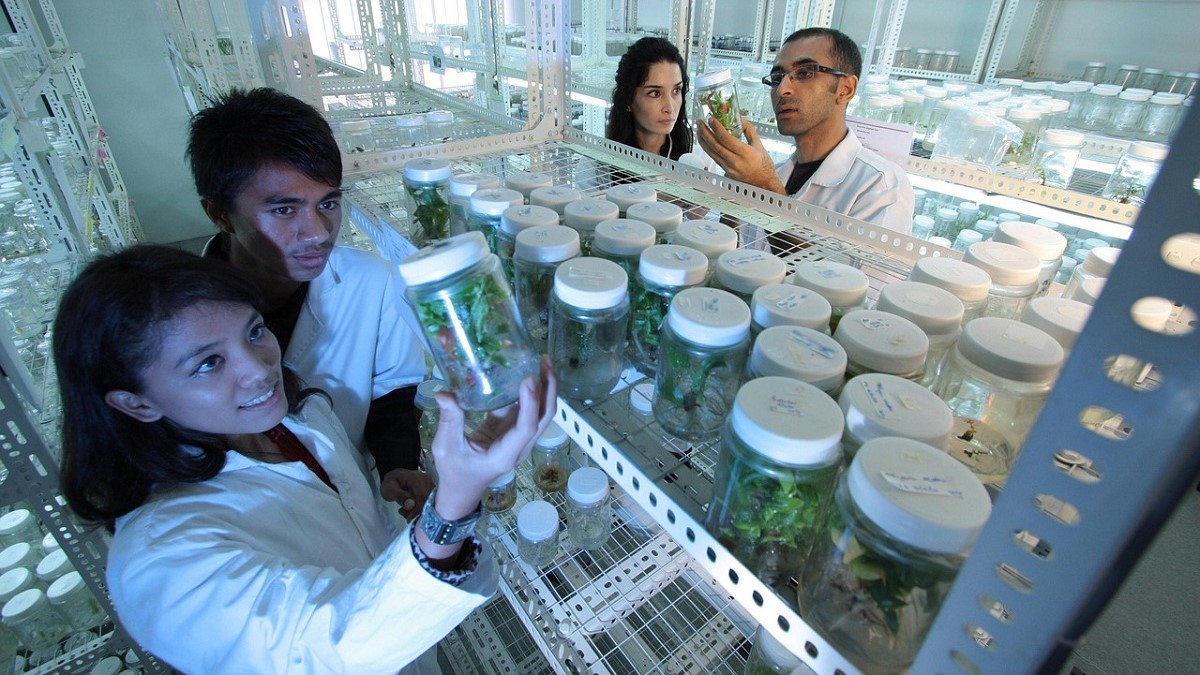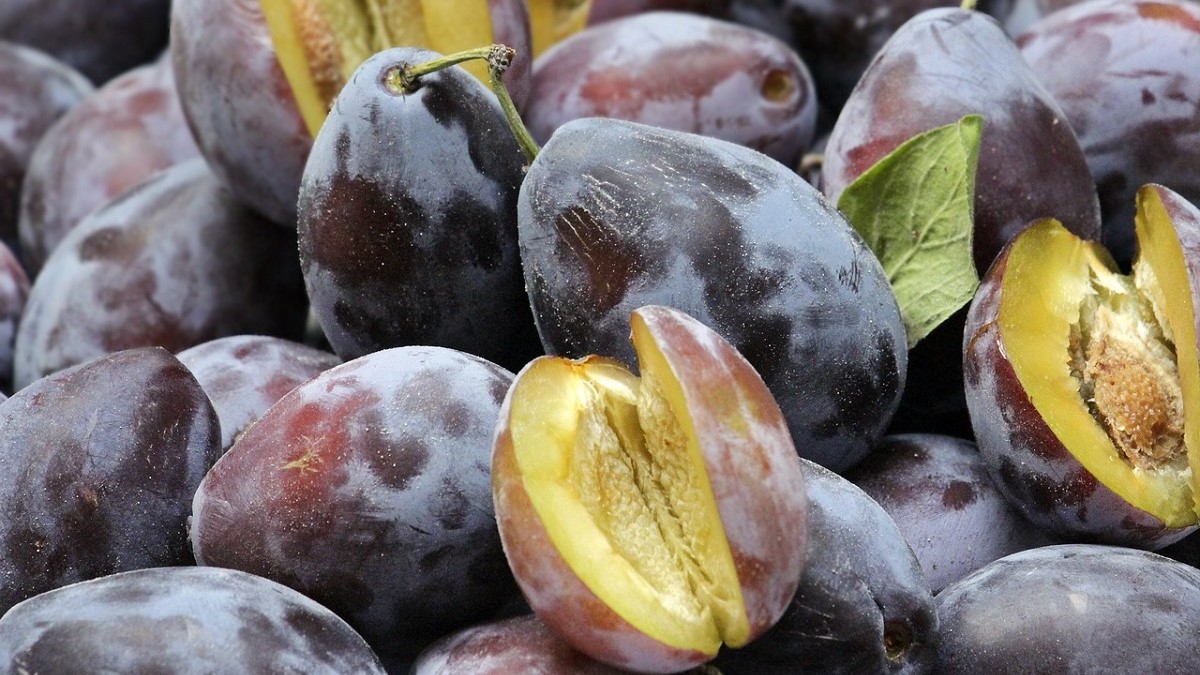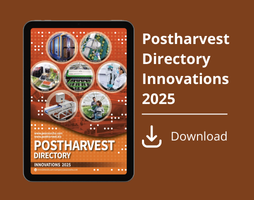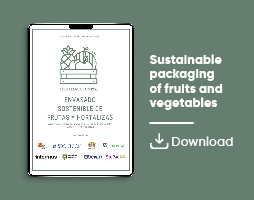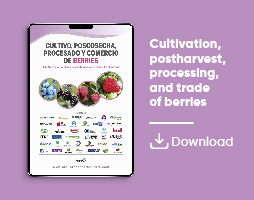News
How net color influences the perceived ripeness of oranges
Recent research shows how packaging color can alter the visual perception of ripeness in fruits like oranges, making them appear ready to eat even when they are not
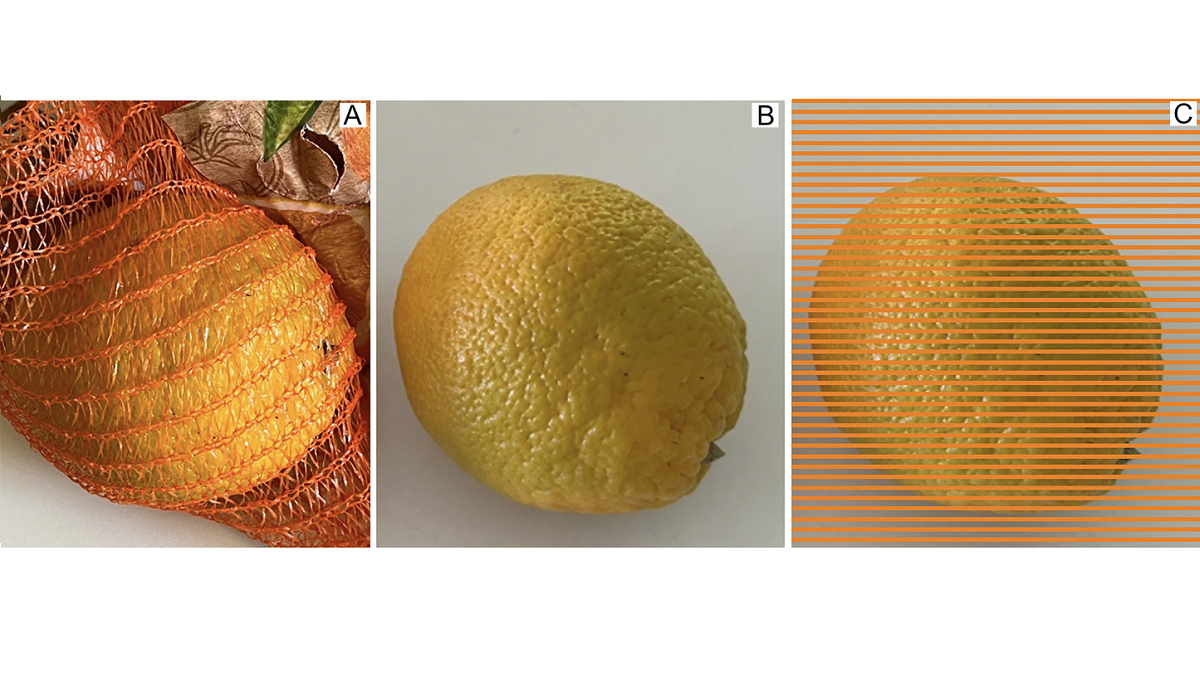
Redaccion
A recent study conducted by Karl R. Gegenfurtner, a psychologist at the University of Giessen (Germany), explores how ripeness is perceived in citrus fruits. Published in the journal i-Perception, the research suggests that orange packaging can significantly alter how we perceive the fruit, making it appear more ripe than it actually is.
This phenomenon is known as "chromatic assimilation": a visual effect in which the colors of the immediate surroundings influence the perceived color of an object. In this case, unripe oranges take on a brighter, more orange hue when viewed through a mesh of the same color. The brain fills in what it expects to see: a ripe, vibrant orange, ready to eat.
An experiment that deceives the eye
Karl R. Gegenfurtner illustrated this phenomenon using comparative images: a group of oranges inside a mesh and the same oranges viewed outside the packaging. The difference in appearance was substantial. In a second evaluation, an artificial mesh known as the Munker illusion was used—based on a well-known optical illusion created by psychologist Hans Munker. This illusion relies on visual patterns that can alter color perception without any physical interaction or specific lighting. In this case, a digital pattern was created to simulate the effect of a mesh without any tangible object on the fruit, thus eliminating the influence of reflections, shadows, or physical contact.
The study builds on a series of investigations into color perception. From 19th-century research by Wilhelm von Bezold to modern experiments on memory color and visual grouping, science has shown that what we perceive is strongly shaped by our expectations. In the case of fruit, our anticipation particularly influences perceived color, shape, and texture.
Practical applications at the point of sale
This study bridges scientific research with everyday life. When walking through a supermarket, it's common to find lemons in yellow nets, onions in red bags, or zucchinis in green mesh. What may have seemed like an aesthetic or marketing decision now takes on new meaning: the color of the packaging can subtly alter our perception of freshness or ripeness—without directly deceiving the consumer.
Although the study does not delve into the ethical implications, it raises important considerations for those involved in the marketing and presentation of agricultural products. Packaging design, beyond its functional role, can be a key factor in shaping the consumer’s visual experience.
This research is part of a project supported by the European Research Council (ERC) and the German Research Foundation (DFG). While academic in nature, its findings offer valuable insights for the agri-food sector, particularly in relation to packaging, presentation, and consumer behavior.
Source
Gegenfurtner, K. R. (2024). Perceptual ripening of oranges. I-Perception, 15(4). https://doi.org/10.1177/20416695241258748 (Original work published 2024)


